
Saudi Arabia A New Era in Tourism – Discover the Future of Travel
Tourism in Saudi Arabia has experience a remarkable transformation over the years. Once Saudi Arbia is known Oil and primarily for its religious tourism related with the annual pilgrimage of Hajj and Umrah. The country is now becoming a global destination for cultural, historical, and leisure tourism. In this blog, we will explore the history, changes, and future of tourism in Saudi Arabia in a simple way that is easy to understand about Tourism in Saudi Arabia.
1. Early Days of Tourism in Saudi Arabia
For quite some time, more and more Muslim pilgrims came to Saudi Arabia. This country is home to the two holy cities of Islam, Mecca and Medina, which attract millions of Muslims every year. Hajj, one of the five pillars of Islam, brings Muslims from all over the world to Mecca. Umrah, which is a short pilgrimage that can be done any time of the year, also attracts many visitors. This form of tourism is deeply rooted in religion and Culture.
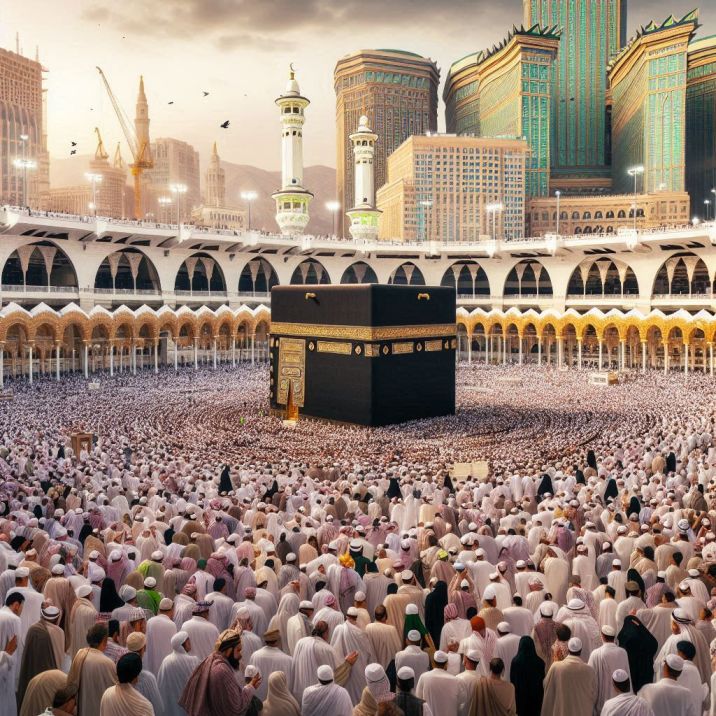
For centuries, Saudi Arabia focused mainly on religious tourism, because it was important for Muslims to visit holy sites. The government of Saudi Arabia facilitates and provides services to millions of pilgrims every year.
2. The Discovery of Oil and Its Impact on Tourism
When oil was found in Saudi Arabia in the 1930s, the country’s economy completely changed. With the new wealth the government invested more money in infrastructure. Roads, airports and modern buildings were built to accommodate the visitors coming for pilgrimage.
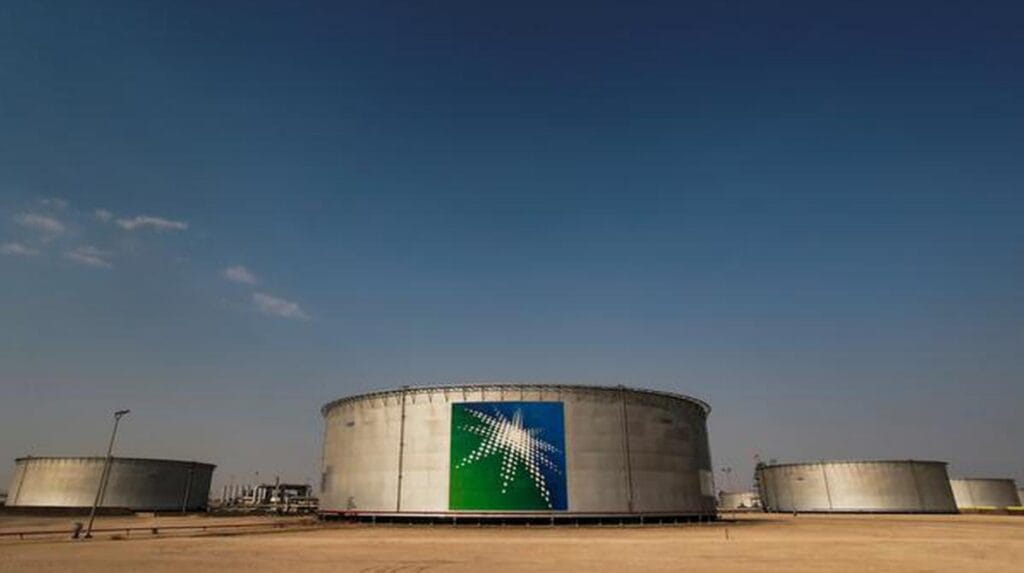
Despite economic growth, tourism is limited to religious activities only. At that time, the government was still focusing more on developing the oil industry and was not thinking of developing tourism beyond pilgrimage. But, the wealth brought by oil paved the way for the developments that followed.
3. Vision 2030: A New Era for Tourism
In 2016, Saudi Arabia announced a major plan called Vision 2030, led by Crown Prince Mohammed bin Salman. This plan was created to diversify the economy and reduce the country’s dependence on oil. One of the main goals of Vision 2030 was to develop tourism beyond religious visits and turn Saudi Arabia into a global tourist destination.

Under Vision 2030, Saudi Arabia introduced new tourism initiatives such as:
- Opening up for international tourism: For the first time in history, Saudi Arabia started issuing tourist visas in 2019. This allowed visitors from many countries in the world to explore Saudi Arabia beyond Mecca and Medina.
- Developing mega-projects: Saudi Arabia also launched several huge tourism projects, such as Neom, a futuristic city, and The Red Sea Project, which aims to create luxury resorts along the Red Sea coast. These projects are designed to attract all tourist interested in leisure, adventure, and luxury experiences.
- Promoting cultural and heritage sites: The country started to promote its rich history and cultural heritage. Sites like Al-Ula, an ancient city with stunning rock formations and archaeological sites, are being developed as major tourist attractions.
4. Key Tourist Attractions in Saudi Arabia Today
Saudi Arabia has many attractive places to visit beyond the religious sites of Mecca and Medina. Let’s explore some of the most popular tourist attractions in Saudi Arabia:
a. Al-Ula and the UNESCO World Heritage Sites
Al-Ula is a historical site which is now a major tourist destination. Here are the remains of ancient civilizations, such as Hegra (Madain Salih), which is Saudi Arabia’s first UNESCO World Heritage Site. These caves are 2000 years old and reflect ancient Nabataean civilization, similar to the famous city of Petra in Jordan.
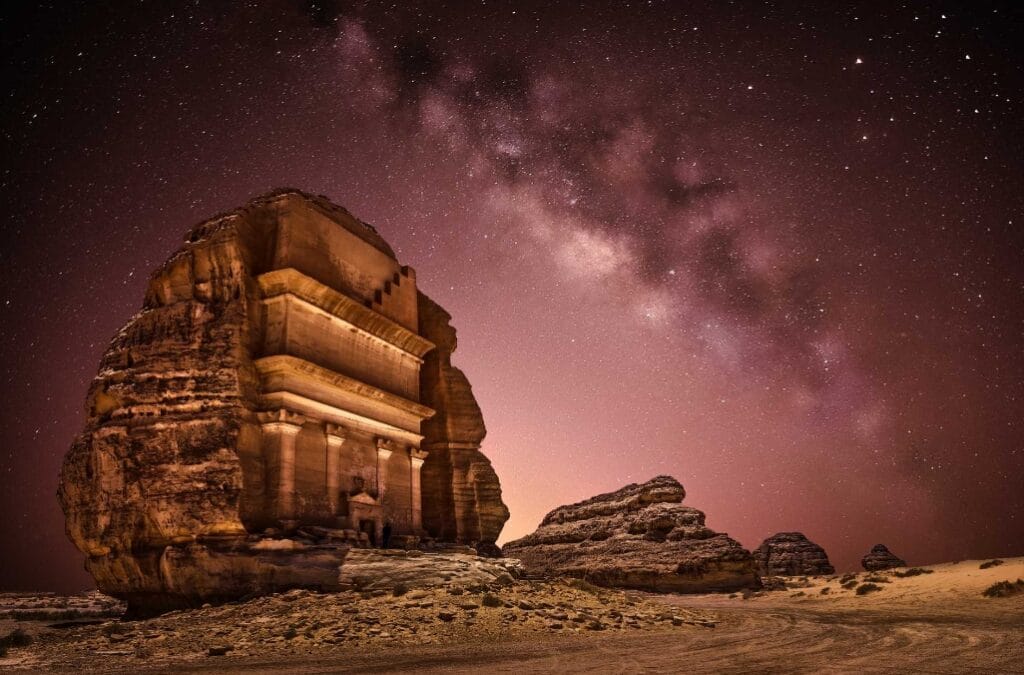
The Saudi government has invested a lot of money for development of Al-Ula, so that visitors who come here get the opportunity to explore history with the modern comforts of luxury hotels and guided tours.
b. The Red Sea Project
The Red Sea Project is a determined plan to build luxury resorts on the Red Sea coastline. This project is mainly for protecting the natural beauty of the area, including coral reefs, islands, and marine life. Its aim is to give tourists the fun of snorkeling, diving, and beach vacations, that too in an environmentally sustainable manner.

c. Diriyah
Diriyah, which is near Riyadh, is another historical site that is currently getting a lot of attention. This place is considered to be the birthplace of the Saudi state and is now being made a major tourist attraction. This area includes At-Turaif, which is a UNESCO World Heritage site, which contains ancient earthen buildings that talk about the ancient history of Saudi Arabia. The development of Diriyah is aimed at making it a center for cultural festivals, museums, and other tourist activities.
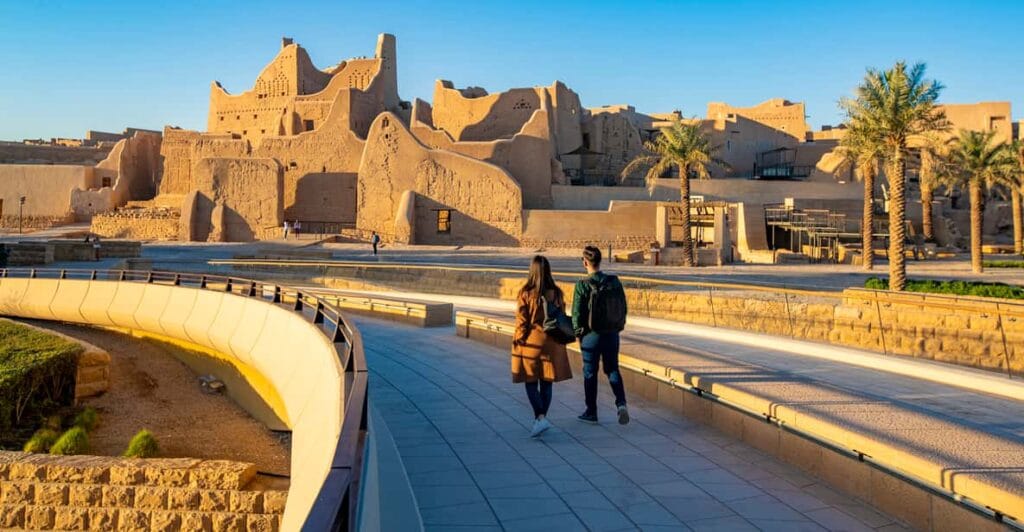
5. Saudi Arabia’s Rich Cultural Festivals
In the past few years, Saudi Arabia has begun to organize and promote cultural festivals to attract more tourists to visit. Some popular events are:
Riyadh Season: This is a big entertainment festival which takes place every year in Riyadh, the capital city. These include concerts, international shows, sports events, and food festivals, which attract millions of visitors every year.

Winter at Tantora: This festival takes place in Al-Ula and is reminiscent of the ancient city with music concerts, art installations, and hot-air balloon rides. This festival celebrates the culture and history of Saudi Arabia, which attracts both locals and international tourists.
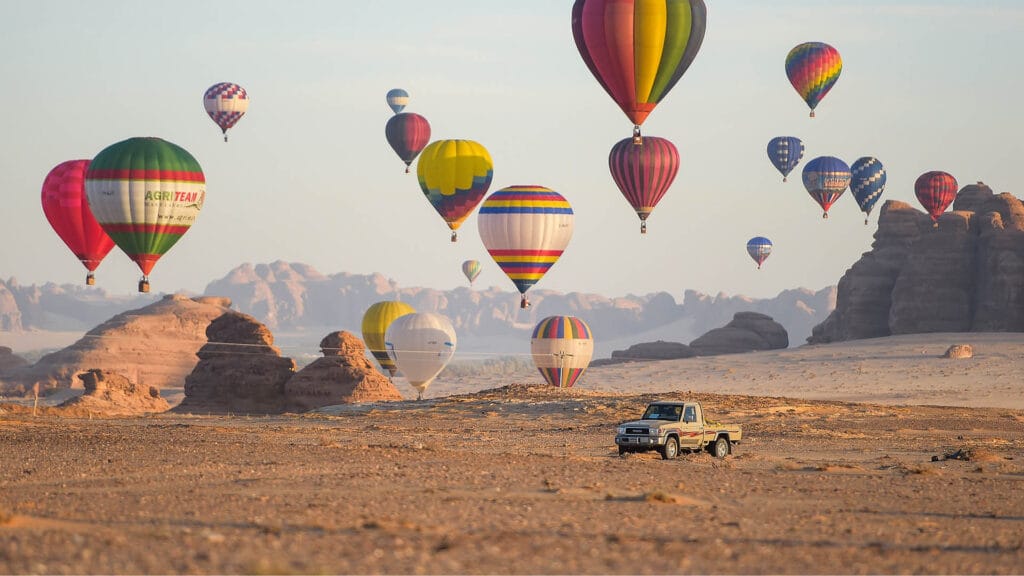
These festivals show a new, modern side of Saudi Arabia that appeals to tourists looking for entertainment and cultural experiences.
6. Challenges and Future Plans for Tourism
Saudi Arabia has developed its tourism sector a lot, but there are still some challenges. There are some challenges:
Changing Perceptions: Saudi Arabia was previously considered a religious country, with strict rules, especially for women and foreign visitors. But now the government has made some changes so that the country becomes more welcoming for tourists. Like, now women tourists are allowed to drive and it is not necessary to wear traditional clothing like abaya everywhere.
Building New Infrastructure: A lot of investment is required in building new hotels, transportation systems, and tourist facilities to develop the tourism sector. Saudi Arabia is currently working on these developments, but it will take time to build everything for a world-class tourism industry.
7. The Future of Tourism in Saudi Arabia
The future of Saudi Arabia’s tourism looks promising. The government is working hard to attract 100 million visitors by 2030. With the support of Vision 2030 and ongoing projects, Saudi Arabia is expected to be among the world’s top tourist destinations. Look how the future might look:
Sustainable Tourism: Saudi Arabia is focusing on sustainable tourism, especially in projects like Red Sea Project. The goal is to protect the environment and providing unique experience to the visitor.
Diverse Experiences: From luxury beach resorts and mountain adventure tourism to historical and cultural sites, Saudi Arabia is developing a wide range of attractions that will appeal to different types of tourists.
Increased International Connections: New airports and flights are being introduced to make it easier for international tourists to visit Saudi Arabia. This will help in connecting more country in the world and attracting visitors from different regions.
8. Conclusion
Tourism in Saudi Arabia is an interesting journey. Initially it was just a hub of religious pilgrimage, but now it has become a global tourist destination. With projects like Vision 2030, the country is investing a lot in tourism to build a bright future. Whether you want to explore ancient history, relax on beautiful beaches, or attend cultural festivals, Saudi Arabia offers rich and diverse experiences to all visitors.
By understanding the history and future plans of Saudi Arabia’s tourism, we can appreciate how Saudi Arabia a new era in tourism has become a top choice for travelers around the world.
FAQs
Q1: What is Vision 2030 in Saudi Arabia?
A: Vision 2030 is a plan started in 2016 by Crown Prince Mohammed bin Salman to diversify the economy and develop the tourism sector, making Saudi Arabia a global tourist destination.
Q2: What are some major tourist attractions in Saudi Arabia besides Mecca and Medina?
A: Major attractions include Al-Ula with ancient ruins, The Red Sea Project with luxury resorts, and Diriyah, a cultural hub near Riyadh.
Q3: How has the discovery of oil impacted tourism in Saudi Arabia?
A: The discovery of oil in the 1930s brought economic growth and infrastructure development, initially supporting religious tourism and later paving the way for broader tourism.
Q4: What initiatives have been introduced under Vision 2030 to boost tourism?
A: Initiatives include tourist visas, mega-projects like Neom and The Red Sea Project, and promoting cultural sites like Al-Ula.
Q5: What challenges does Saudi Arabia face in developing its tourism sector?
A: Challenges include changing perceptions of the country and building new infrastructure like hotels and transportation systems.


